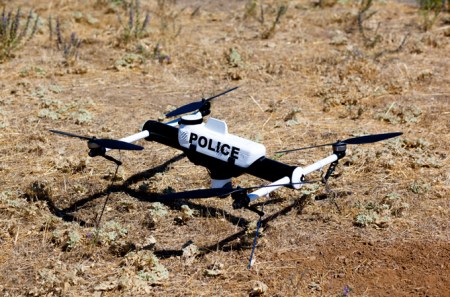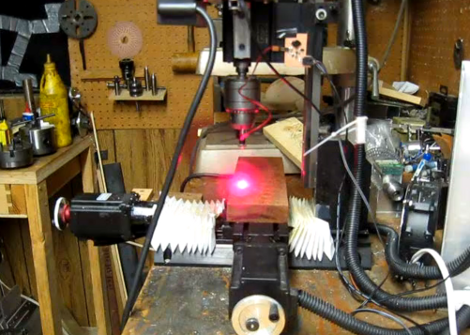What does the government think about that drone in your home?:

The world is buzzing about drones right now. Even we’re joining in the fun with some antics of our own. Right now, it is basically a legal free-for all since no one is enforcing regulation, but is that about to change? Should it?
Lets start off by establishing the definition of a “drone”. For this article,
we’ll settle for any “unmanned aerial vehicle”, though we can all agree that that limiting this to airspace is fairly restrictive. This is the specific type that are making the news right now and quite possibly catching the eye of people who make the rules.
During my fun exploring the different ways to cause a little mischief by hacking a fairly limited Parrot AR Drone, I met some resistance on user forums from people concerned that I would usher in a new set of legislation restricting the use of drones by weaponizing them. While we all can agree that irresponsible use of dangerous things is bad, the idea that
my little taserDrone would garner government attention was laughable.
However, I felt that a little research was necessary into how the FAA feels about drones, since it seems that everyone is putting them in the air. I found some interesting things. Most notably, the modifications of adding further flight distance and better cameras seems to be the biggest concern for people, and is likely to be the cause of legislation due to privacy issues.
At present, the
FAA already has regulation in place for drones and has for some time. To use one above 400 feet, you must be registered with the FAA and issued a certificate, of which they’ve only issued a few hundred. The law also states that you can not use the drone for commercial purposes. This has actually become an issue as one real estate company
found out when they started hiring drones to photograph the properties they were listing.
With the swarm on the horizon, the FAA realizes they have to approach this. They’ve created an entire office dedicated to integrating drones into airspace an are actually attempting to
loosen up the restrictions for drone use. Keep in mind, however, that this doesn’t just mean [Joe] next door with his hacked AR Drone, but
also the police. This is a big deal to
many who already feel like they live in a current state surveillance. This year the FAA actually
had a presence and spoke at the Unmanned Vehicle Systems International trade show in Los Vegas, for the first time in its 39 year run.
So it seems that the prime concerns surrounding drones right now are air safety and privacy. We all know they can be weaponized. We’ve all seen the military drones. Apparently, a gun mounted on a drone is no more scary than a gun on a hip or on a car. What people are more concerned about are prying eyes. So when I attempt to strap a bottle rocket to my drone, maybe people shouldn’t freak out. Maybe they should actually reconsider strapping
that high definition camera to their drone and flying it over their neighborhood.
Then again, this is hackaday. All we ask is that you don’t hurt anyone and try to show a little respect to eachother while you do whatever you want to that thing you OWN.
Filed under:
news 


























